Types of Persimmons, and How to Choose the One That’s Non-Astringent
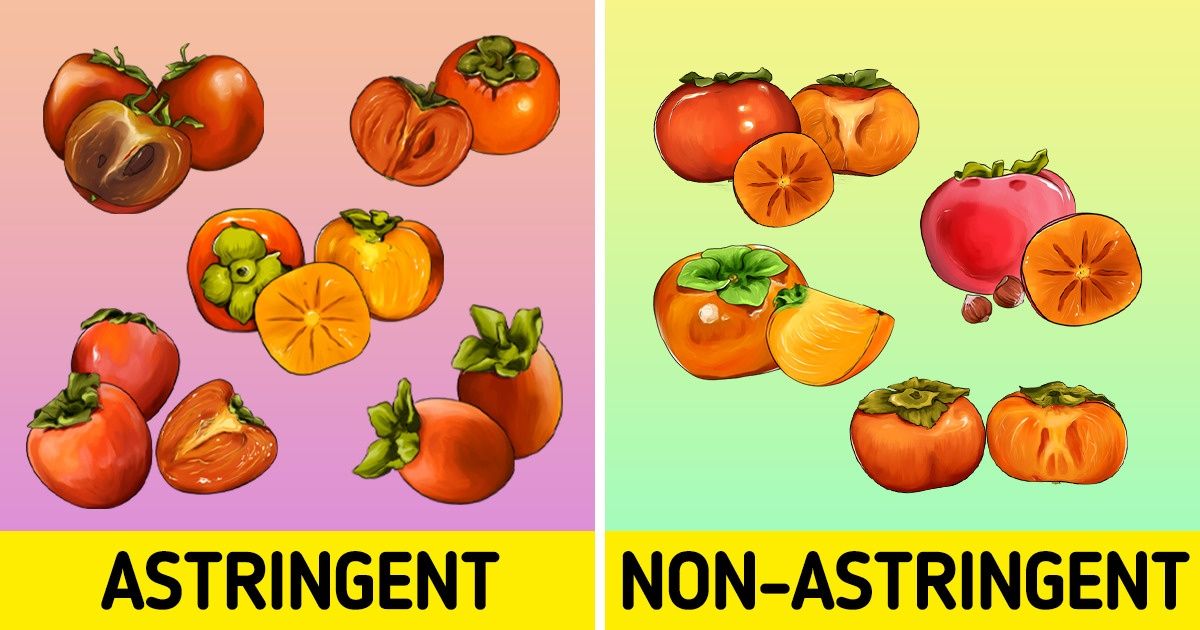
The persimmon is one of the most delicious fruits of the autumn and winter seasons. Ripe persimmons can be juicy and sweet, and unripe persimmons can be astringent or sweet depending on the type.
5-Minute Crafts would like to tell you about persimmon types and how to distinguish astringent and non-astrigent fruits.
How to choose non-astrigent persimmons
All persimmon varieties are divided into 2 types: astringent and non-astringent. Astringent types contain a large amount of tannins which make unripe fruits tart and not really tasty. Non-astringent varieties can be eaten straight from the tree and will be juicy and sweet even if not fully ripe.
To make astringent persimmons sweet, you have to wait for awhile until the fruit is fully ripe. This usually takes a few days. When their flesh becomes very soft, you can eat the fruit.
Chocolate persimmon
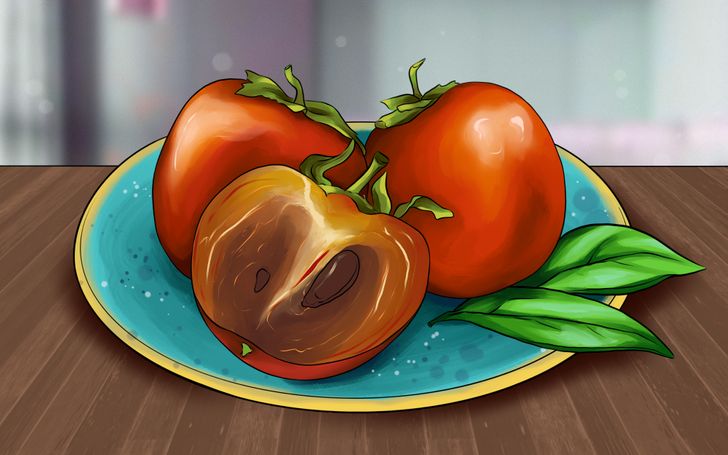
This persimmon variety are small oblong fruits with orange skin.
When unripe, chocolate persimmons have strong astringent taste, but when the fruit ripens, it becomes very sweet, and its flesh becomes dark brown.
The taste of the chocolate persimmon has nothing to do with real chocolate, but it’s tasty in its own way. Some people say that the fruit has hints of nutmeg when you eat it.
Features:
Eureka
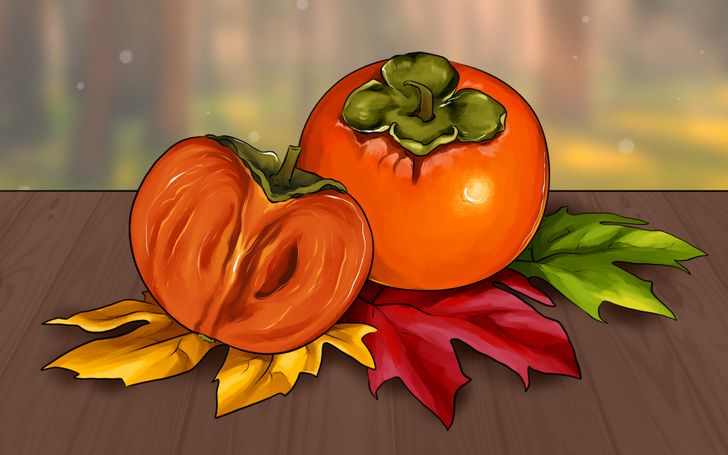
Fuyu
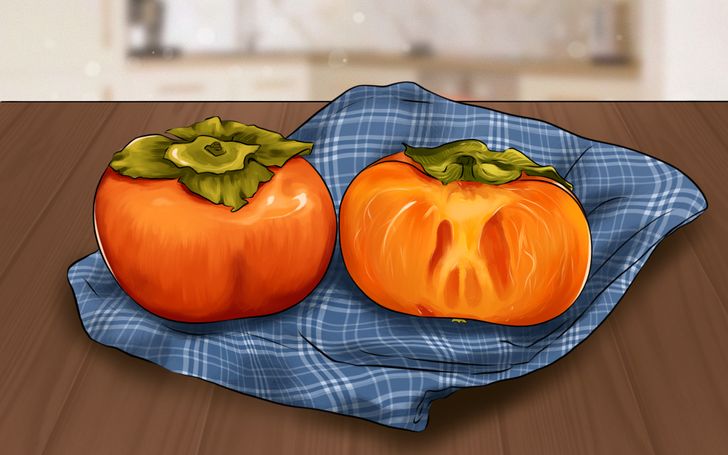
Fuyu is one of the most famous non-astrigent persimmon varieties. Its fruit can be eaten straight off the tree while it’s still firm and crispy, and similar to an apple in texture. As it ripens, the taste of the fruit softens and becomes sweeter, with a hint of clove.
Fuyu persimmons are large, round and slightly flattened at the top and bottom. When ripe, their skin becomes red-orange.
Features:
Jiro
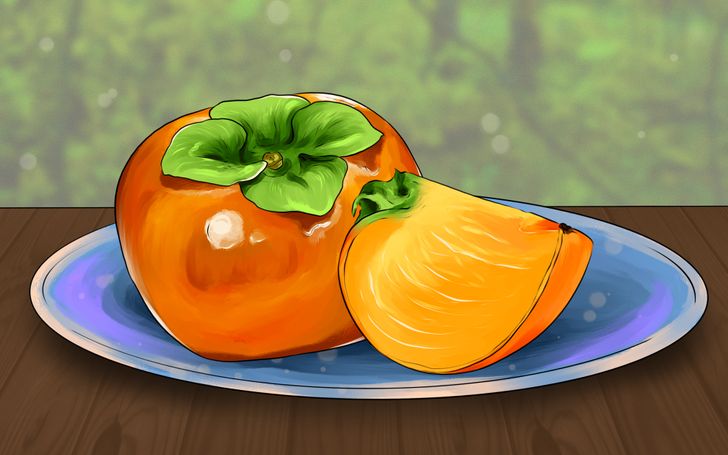
Maekawa Jiro
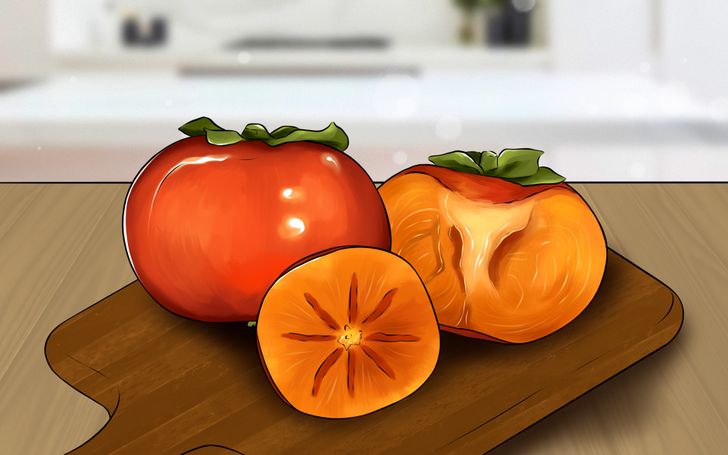
Hachiya
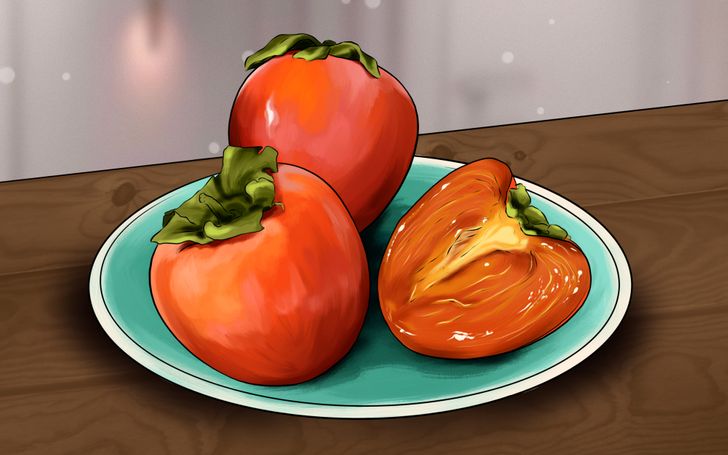
Hachiya persimmons look like large acorns with a bright orange color. Their flesh can be very tart and astringent, so it’s important to let the fruit ripen well before eating. Ripe fruits taste very sweet and keep well in the fridge.
Features:
Izu
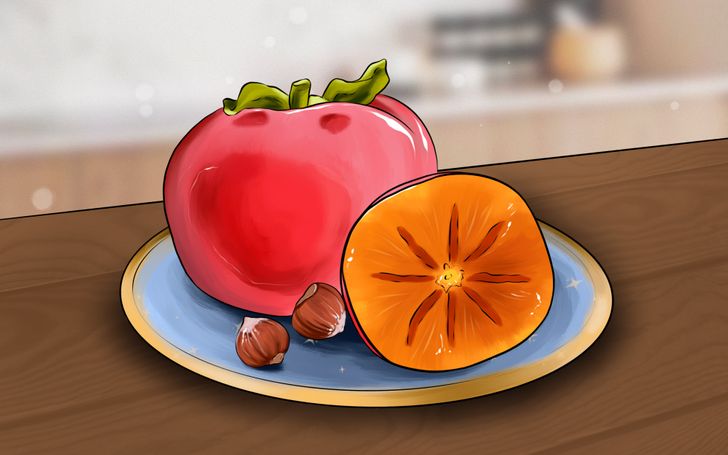
Izu is one of popular varieties because it’s early to ripen. Its fruits are medium to large in size, round, slightly flattened, and have very sweet flesh. Like the Fuyu and Jiro varieties, Izu persimmons are sweet even when unripe. When fully ripe, its skin turns dark orange and the flesh becomes pale orange.
Features:
Saijo
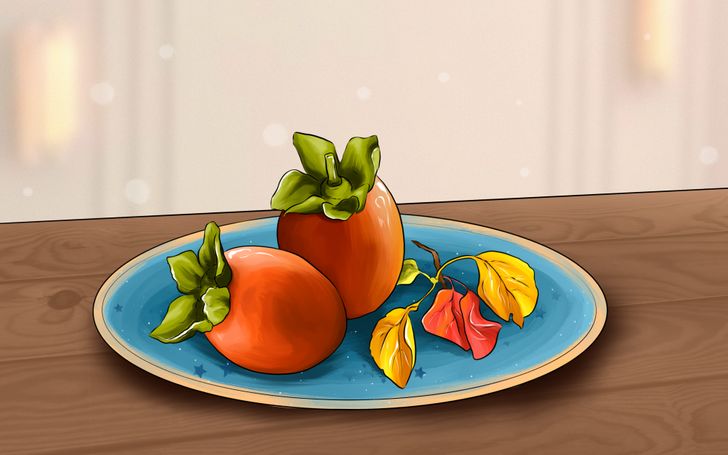
Thriumph
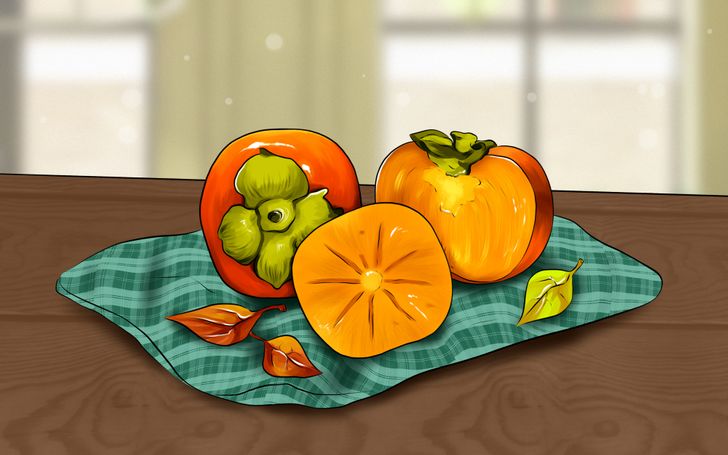
Thriumph persimmons have small fruits, 3/4 to 2 inches in diameter. They are round, slightly flattened, with yellowish or red-orange skin. The flesh of this persimmon variety is yellowish-red, translucent, soft and juicy. Until fully ripe, it’s highly astringent, but when ripe, it has a pleasant and sweet taste.
Features: